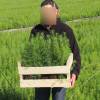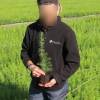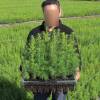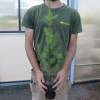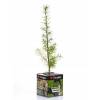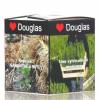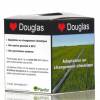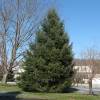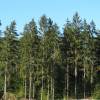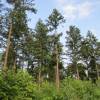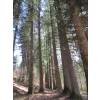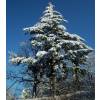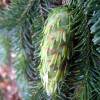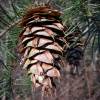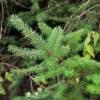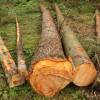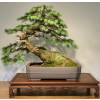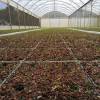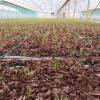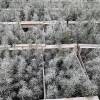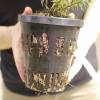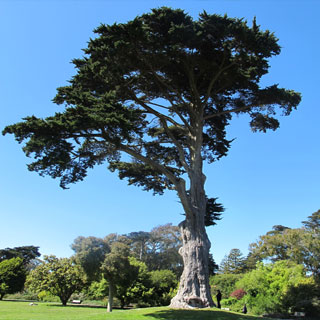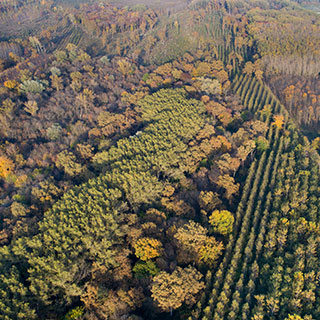Douglas Fir / Pseudotsuga menziesiiBuy: Douglas Fir
Pictures of: Douglas Fir
Description: Douglas Fir
Douglas Fir Forestry:
Equip yourselves online:
Forestry Markers, Tree Guards, Tree Shelters, Tree stakes, Weed Control Fabric, Pruning saws, Bow saws, Chainsaws, Brush cutters, PPE Accompanying species: Norway Spruce - Picea Abies Douglas Fir - Pseudotsuga menziesii (latin)
Area of origin: From Mexico to Alaska, from near sea level along the coast up to 3000 metres (3280 yds) altitude in the rocky mountains. Discovered in 1792, introduced in 1827.
• Forest Tree Seedlings for your plantations Plant, or reforest Douglas Fir, Pseudotsuga menziesii – Foresters Guide1) The Douglas Fir (Pseudotsuga menziesii) is it suitable for my land?
The Douglas Fir needs a lot of light but resists very well to winter cold and spring frost. It demands a lot of water and is sensitive to wind and snow (breaking of the branches). 2) Which planting density for my Douglas Fir plot? (Pseudotsuga menziesii)
The planting density is the number of plants planted in one hectare (acre). Here it means determining the initial number of young plants and to choosing their repartition in the available space.
3) How to prepare the soil to plant Douglas Fir (Pseudotsuga menziesii)?In Silviculture, working the soil is a key element in the success of planting. The root system of the tree must take rapidly where planted. Whether the work is done mechanically or manually, we recommend working the soil in its depth for optimum planting. 4) How to plant the Douglas Fir (Pseudotsuga menziesii)?a- Receipt, storage and preparation of the plants before planting
In all case, you must: Finally, the worker will tamp down the soil carefully with its foot. It is forbidden to press strongly or again to heel-butt the plant to avoid crushing the earth-ball and damage the root system of the plant. Video on planting using a planting cane Buy Planting cane 5) How to limit weeds on my Douglas Fir plot (Pseudotsuga menziesii) ?
During the first years, it is essential to eliminate all self-propagating plants. Not controlled they are going to be in competition with your plants and are going to deprive the young trees of the vital elements they require to grow (water, light and nutritional elements). You must therefore eliminate mechanically this unwanted competition until the trees are big enough to be able to dominate it.
It is in fact acts often carried out using portable thermic Strimmers or billhooks to clear plants on a line or around the plants themselves.
These actions are done using cutters and flail mowers, horizontal or vertical cutters, mounted on mini excavators or tractors. As a result, they cannot be undertaken outside the spaces available between the tree lines (plants or plants). 6) How to protect my young Douglas Fir plants from wildlife (Pseudotsuga menziesii) ?
There is a necessity to protect the plot as soon as the population’s density of Cervidae (deer and roe deer in particular) risk leading to significant damage such as undergrowth of the plants or friction of the stems. Sometimes, the setting up of plants’ protection is also necessary as soon as the rodents’ population (rabbits, hares, coypu, voles...) are locally important.
Related Categories: Douglas Fir
Your reviews about: Douglas Fir |








































































































































































































































